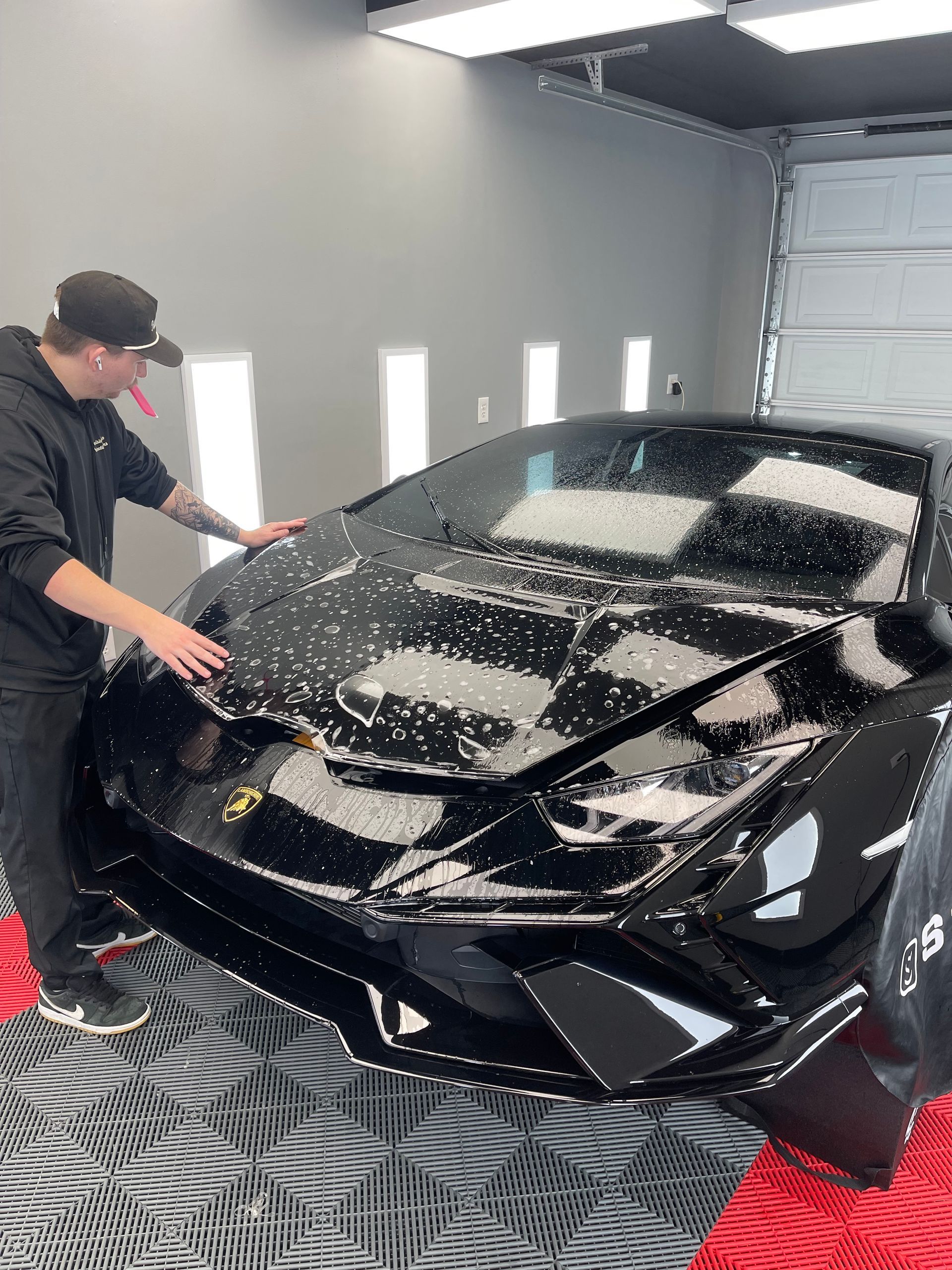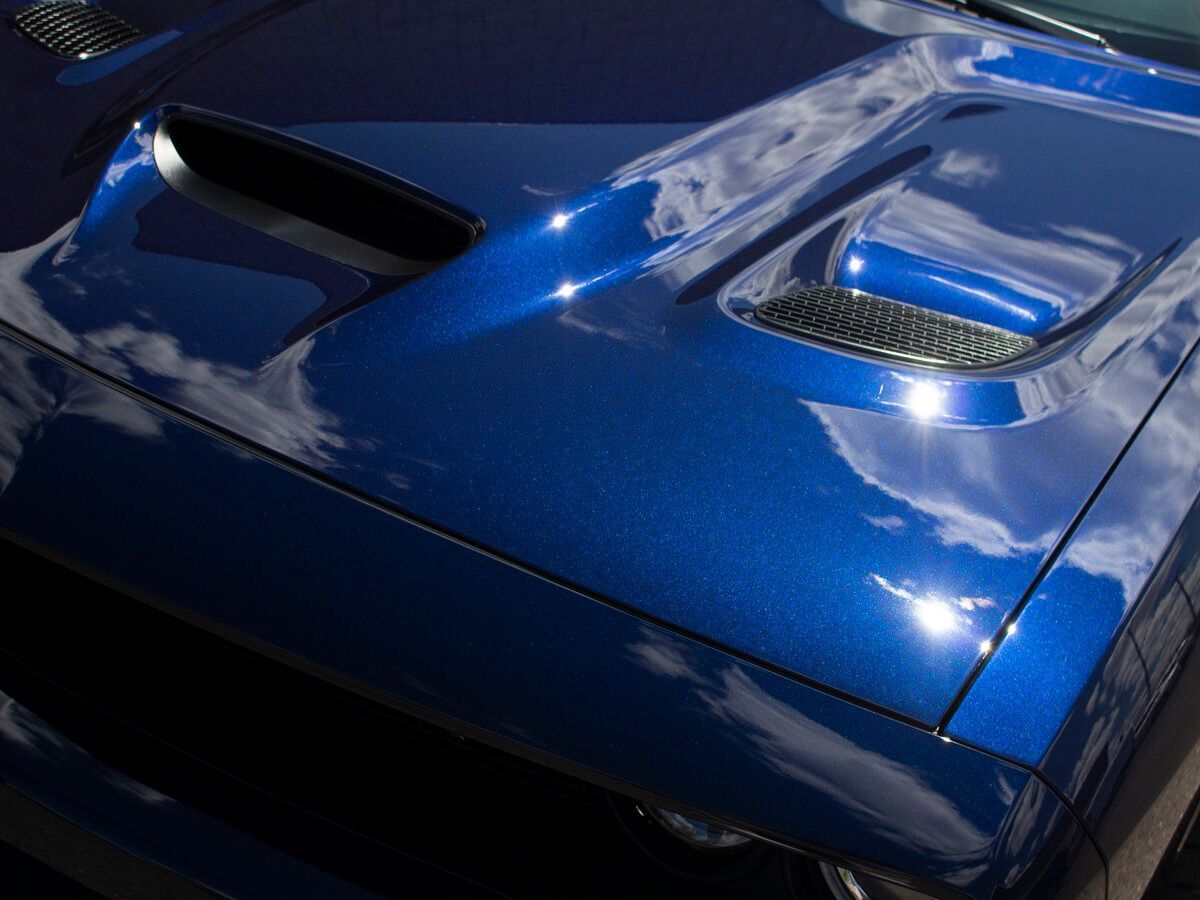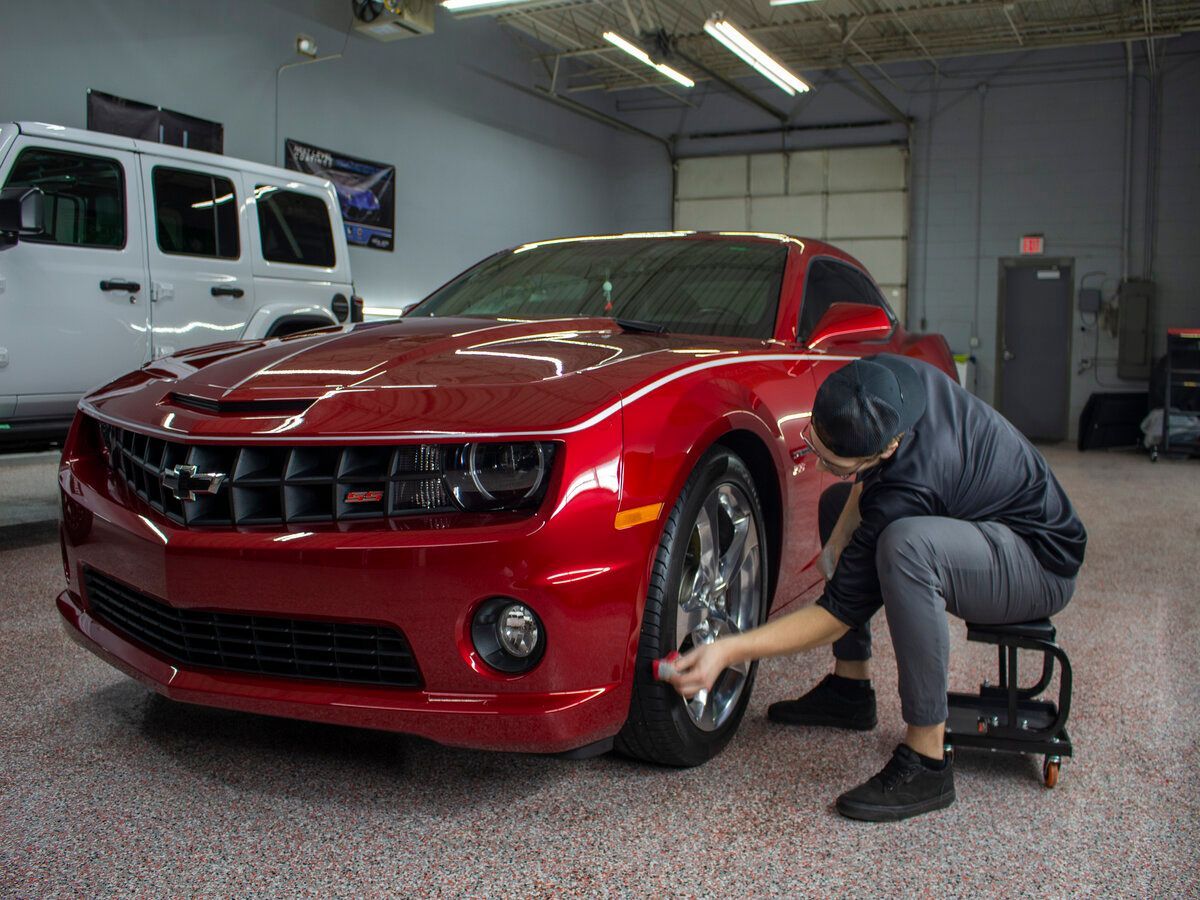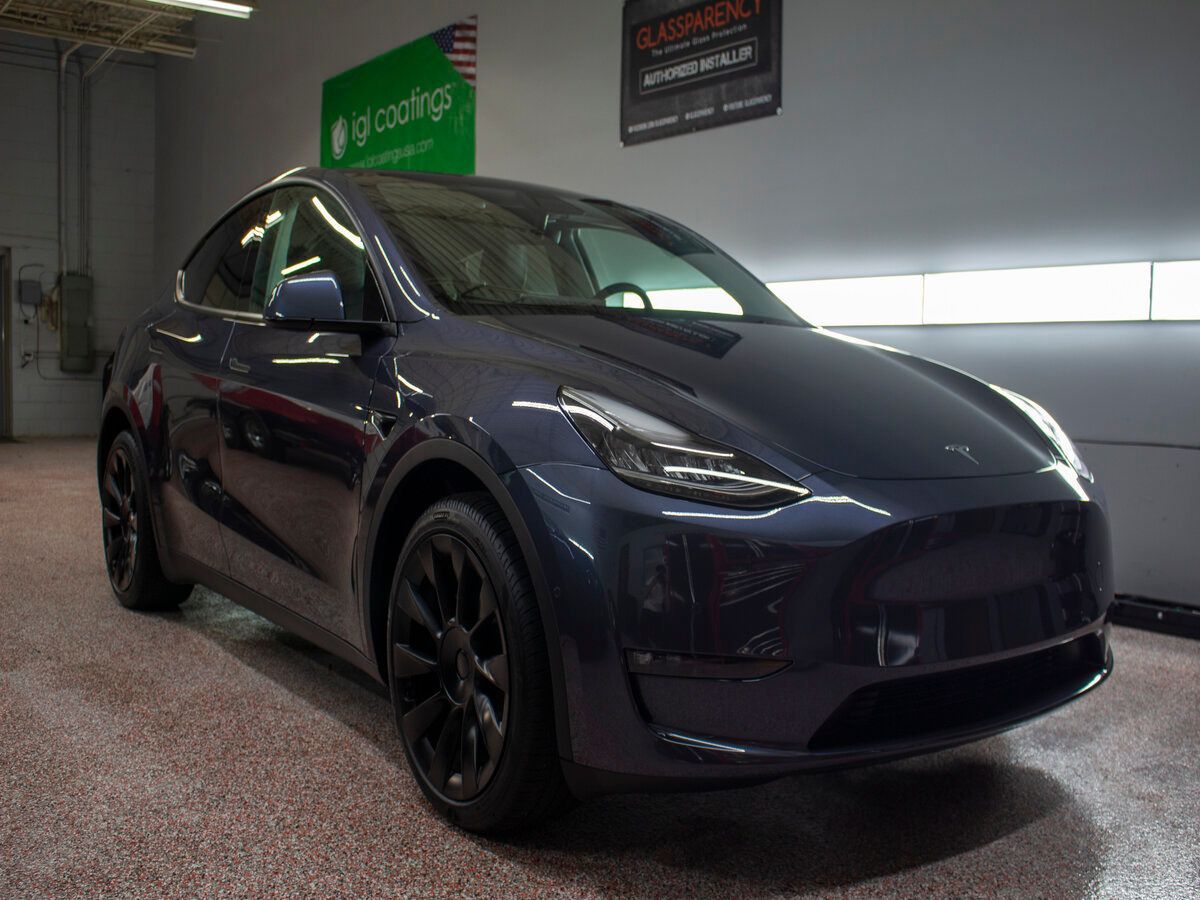PPF Maintenance: Tips for Keeping Your Paint Protection Film in Top Condition
GET A FREE ESTIMATECALL (248) 550-4363
Maintaining your vehicle's paint protection film requires proper cleaning using a gentle automotive detergent. This simple technique prevents damage to the film and keeps its appearance discreet. However, in addition to this, regular checkups are as vital as a good washing routine. These checkups help spot early signs of wear and tear that could compromise the protection your PPF grants.
Essential PPF Care: How to Maintain and Preserve Your Paint Protection Film
Protecting your car's paint is essential, and this is where Paint Protection Film (PPF) comes into play. It shields your vehicle from scratches, road debris, and environmental elements. To ensure the longevity and effectiveness of PPF, it's crucial to implement proper cleaning and maintenance techniques.
Regular washing with a mild automotive detergent is crucial for preserving the appearance and protective properties of the PPF. A gentle car wash once every 1-2 weeks removes dirt and contaminants, preventing them from adhering to the film. This regime helps in maintaining the discreet appearance of the PPF as well.
Drying the PPF with a clean microfiber cloth post-washing is important to prevent water spots and mineral deposits that can compromise the film's appearance. Applying a spray detailer or quick detailer can offer additional protection to the film while providing a freshly cleaned shine. It acts as a barrier against environmental elements and enhances the aesthetic appeal of the vehicle. It's similar to taking care of your skin; regular cleansing and moisturizing contribute to its health and appearance.
Proper cleaning and washing techniques
When it comes to cleaning your paint protection film (PPF), using the right products and techniques is crucial. PPF acts as a shield for your car's paint, so it's essential to treat it with care to maintain its effectiveness and discreet appearance.
First and foremost, choose a mild automotive detergent for washing your vehicle. Look for one with a pH level between 6 and 8, as this will ensure that it is gentle and won't harm the PPF. Using a harsh cleaner with high acidity or alkalinity can damage the film and reduce its effectiveness. Once you have the right detergent, use a clean microfiber wash mitt to wash the PPF and the rest of your car. This ensures that no abrasive materials come into contact with the film, preserving its smooth and protective surface.
After washing, rinsing your PPF thoroughly with clean water is essential. This helps remove any remaining soap or residue that could affect the appearance of the film. It's similar to how you would carefully rinse off a delicate piece of jewelry after cleaning it—attention to detail matters.
What’s more, avoid using abrasive materials or harsh chemicals on the PPF, as they can scratch or weaken the film. It’s like using sandpaper on delicate glass—no good can come from it!
Once the PPF is clean and dry, you can take an extra step by applying a spray detailer or quick detailer specifically designed for use on the film. This not only adds an extra layer of protection but also helps maintain its discreet appearance.
Regular washing is key to preventing dirt buildup and maintaining the integrity of your PPF. By keeping it clean, you're ensuring that it can continue to protect your car's paint effectively.
By following these proper cleaning and washing techniques, you can keep your paint protection film in top condition, protecting your vehicle’s exterior while maintaining its discreet appearance for years to come.
Must-Use Products for PPF Maintenance
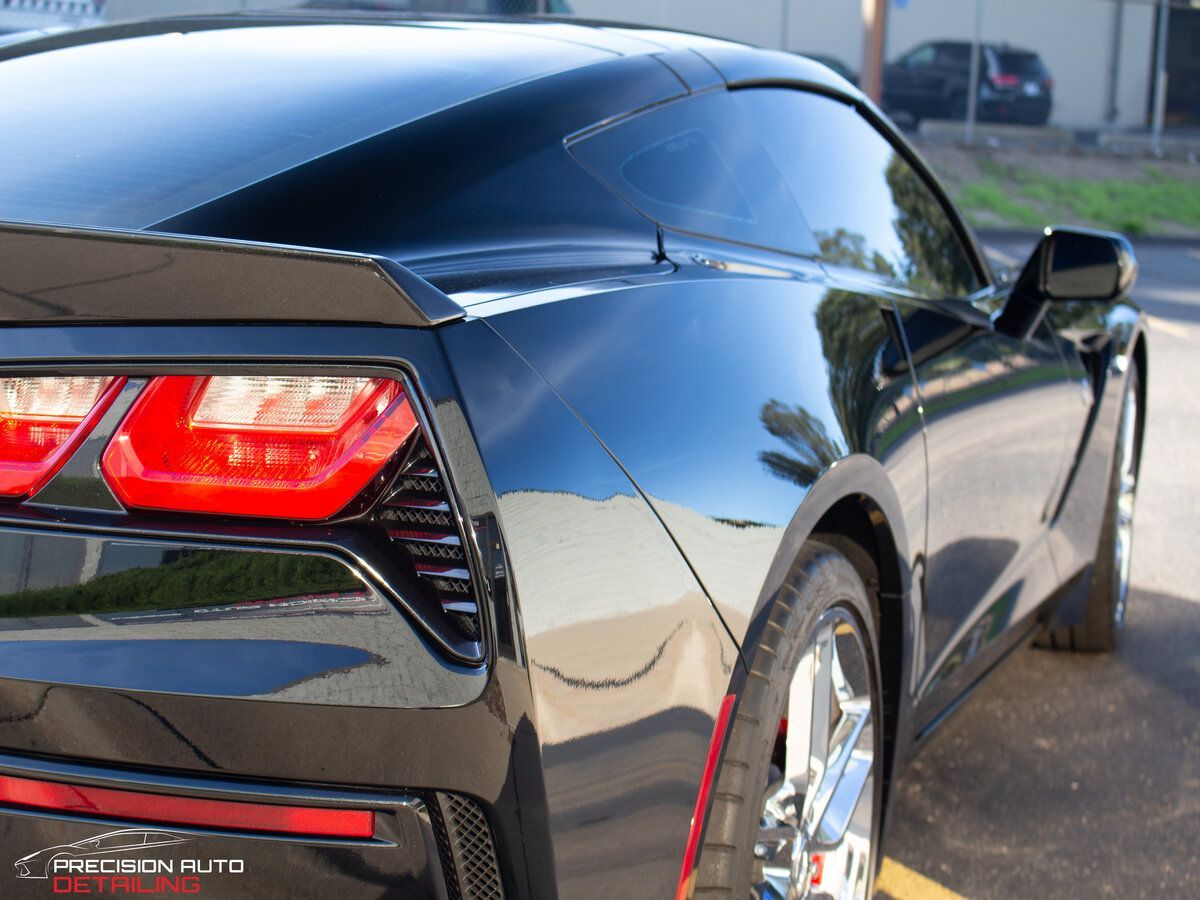
When it comes to maintaining and preserving your paint protection film (PPF), not just any product will do. Investing in specific coating or sealant products designed for use with PPF can significantly enhance its protective properties and extend its lifespan. High-quality PPF maintenance and enhancement products are specially formulated to work synergistically with the film, providing an additional layer of defense against environmental contaminants and physical damage.
Utilizing microfiber cloths for cleaning purposes is crucial to ensuring gentle care for the PPF. Unlike traditional materials, such as rough sponges and towels, which can cause micro-abrasions on the film, microfiber cloths offer a smooth, non-abrasive surface, minimizing the risk of unintentional damage during cleaning.
Moreover, abrasive materials can compromise the integrity of the PPF, leading to premature wear and reduced protective capabilities. By avoiding these abrasive substances and instead using microfiber cloths alongside specialized PPF maintenance products, you can ensure that your investment in paint protection is effectively maintained.
By utilizing suitable products and materials for PPF maintenance, you're taking proactive steps to preserve the integrity of your vehicle's exterior surfaces while maximizing the longevity and effectiveness of the protective film. This comprehensive approach helps safeguard your vehicle from the detrimental effects of environmental factors and everyday wear and tear.
Regular checkups and preventive measures for PPF
Just like a car needs regular tune-ups to keep it running smoothly, your PPF requires regular checkups and preventive measures to ensure it keeps doing its job effectively. Taking care of your PPF isn't just about fixing issues when they arise; it's about preventing them from happening in the first place.
Regular checkups are crucial for identifying any signs of damage or lifting early on. It's like going to the doctor for a check-up—catching problems early can prevent bigger issues down the line, saving you time and money. By inspecting the PPF regularly, you can address any imperfections before they become a big problem. This can extend the lifespan of the film and ensure that it continues to provide maximum protection for your vehicle's paint.
Applying a specific coating or sealant annually is like giving your PPF an extra layer of armor. This protective coating helps maintain the film's effectiveness against road debris, environmental factors, and UV exposure. It's an added measure to enhance the longevity and durability of the film, providing peace of mind knowing that your vehicle's paint is well-protected year after year.
It's important to remember that while these measures add longevity to your PPF, they also contribute to maintaining its discreet appearance and ensuring that your vehicle's paint looks as good as new.
In essence, incorporating regular checkups, annual protective coatings, and following preventive measures ensures that your PPF remains effective, maintains its discreet appearance, and continues to protect your vehicle's paint from potential damage.
Benefits of Consistent PPF Care
When you invest time and attention into caring for your paint protection film (PPF), you reap a multitude of long-term benefits. A well-maintained PPF not only shields your car's paint job from debris and certain chemicals but also offers an array of advantages, including easier washing and self-healing properties. Consider it an invisible shield, guarding your vehicle from damage.
Think about it this way: Imagine a superhero outfit that not only offers protection from harm but also keeps itself clean and mends any minor blemishes automatically. That's essentially what PPF does for your car. It guards against scratches, swirls, and imperfections, saving you from the hassle and expense of frequent paint repairs.
Resistance to Debris and Chemicals
The significance of consistent PPF care lies in its ability to resist debris and certain chemicals. Your car's surface may develop unsightly chips and scratches due to road debris, such as stones, gravel, or other small objects that passing vehicles frequently kick up. By maintaining your PPF, you effectively create a barrier between your car's paint and these potentially damaging elements.
This proactive measure goes a long way toward preserving the overall appearance of your vehicle. Moreover, it shields against environmental factors like bird droppings or tree sap that can erode traditional paint over time.
Easier Washing
Regular automotive paint requires meticulous care during washing to prevent scratches or damage. Conversely, vehicles protected by PPF enjoy the advantage of easier washing. The film provides a smooth layer that facilitates the removal of dirt and grime without risking scratches or abrasions.
Self-Healing Properties
One of the most remarkable features of PPF is its self-healing properties. Minor scratches and blemishes on the film can fade away over time when exposed to heat or sunlight, effectively restoring it to its original state.
This means that small nicks and scuffs won't mar the appearance of your vehicle for long—PPF takes care of itself so you can take care of other things.
Maintaining and preserving your PPF isn't just about keeping up appearances; it's a proactive decision that contributes to both cost savings and peace of mind.
Comparing PPF maintenance and standard car paint upkeep

When it comes to maintaining a regular car's paint, the focus is often on repairing scratches, swirls, and other imperfections through waxing and polishing. However, these efforts primarily enhance appearance rather than provide substantial protection against debris damage.
Game-changing technology that adds an extra layer of armor to your vehicle's finish. Unlike traditional paint, PPF is designed to absorb the impact of road debris and harsh environmental elements before they reach the underlying paint. It's like equipping your car with a shield that takes the hit for you.
The contrast between standard car paint upkeep and PPF maintenance becomes evident when addressing wear and tear. While standard car paint requires frequent attention to address surface imperfections, PPF demands specific care to maintain its protective qualities and discreet appearance.
In essence, PPF maintenance involves a different set of techniques focused on keeping the film in optimal condition while preserving its protective capabilities. It's not just about making it look good; it's about ensuring that it continues to provide reliable defense against chips, scratches, and stains.
For standard car paint, regular detailing practices such as washing, waxing, and polishing are essential for maintaining its visual appeal. In contrast, PPF requires specialized cleaning agents and techniques to ensure that its protective properties remain intact without compromising its aesthetics.
Indicators of PPF Damage and Required Action
Paint Protection Film (PPF) is designed to shield your vehicle's paint from a range of potential harms. Over time, wear and tear might start showing. It's crucial to be vigilant for any signs of PPF damage to ensure it continues to function effectively. Here are some common indicators you need to watch out for:
Scratches
Scratches are a common concern when it comes to PPF. They might not always be visible, but if your film starts showing signs of scratches, it's important to take action quickly.
Swirl Marks
Swirl marks are another issue that can affect the appearance of your PPF over time. Unlike scratches, swirl marks are lighter and sometimes more difficult to catch in certain lighting, but they can still impact the overall look of the film. Dealing with swirl marks often requires professional paint correction to restore the surface of the film. While this might seem like a hassle, it's a critical step in maintaining the polished appearance and protective qualities of your PPF.
Discoloration
Discoloration usually manifests as changes in the film's hue, occurring due to exposure to environmental factors or aging.
Lifting
Lifting occurs when the edges or sections of the PPF start peeling away from the vehicle's surface, compromising the protective layer and exposing vulnerable areas of your paint.
If you notice lifting, immediate reapplication or repair is crucial. Neglecting this issue can lead to further peeling and ultimately compromise the entire protective covering.
Being mindful of these signs allows you to take proactive steps toward maintaining your PPF's integrity and protective capabilities over time. Understanding these indicators empowers you to address PPF damage promptly, helping preserve both the aesthetic appeal and long-term effectiveness of this essential protective measure for your vehicle's paint.
By staying attuned to these vital signs and promptly addressing any damage, you can ensure that your paint protection film remains strong and effective in safeguarding your vehicle's precious exterior.
Elevate Your Vehicle's Protection with Precision Auto Protective Films and Ceramic Coatings
At Precision Auto Protective Films & Ceramic Coatings, we understand the deep connection between car owners and their vehicles. Your car isn't just a mode of transportation; it's an expression of your personality, style, and investment. That's why we offer a comprehensive range of paint protection film solutions meticulously crafted to safeguard your vehicle's paint and preserve its showroom shine for years to come. Our team comprises highly skilled technicians with extensive experience in the automotive industry, ensuring that every project is executed with precision and attention to detail. When you choose Precision Auto Protective Films and Ceramic Coatings, you're entrusting your vehicle to true professionals who prioritize your satisfaction above all else. Book now!


